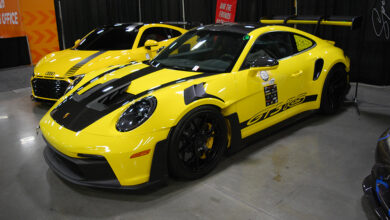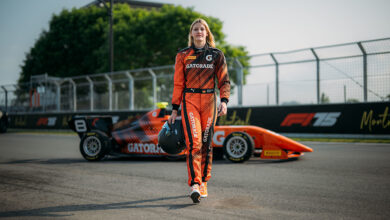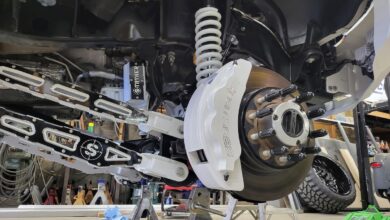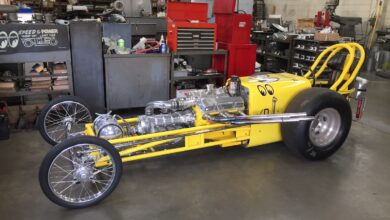Mercedes-AMG Developing Electric Exhaust Gas Turbocharger
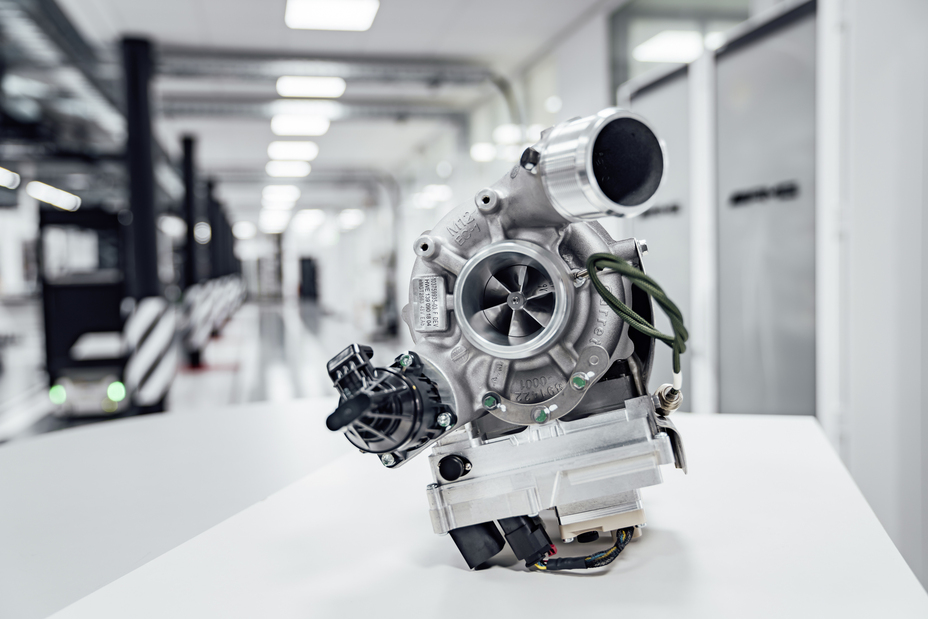
Mercedes-AMG is developing a new electric exhaust gas turbocharger to be used on the next generation of AMG vehicles, the company announced.
Already in the final stages of development, the electric exhaust gas turbocharger will be used in a series production model from Affalterbach. Developed in partnership with Garrett Motion, this technology comes straight from Formula 1 and resolves the conflicting goals of a small, fast-reacting turbocharger, with relatively low peak performance, with a large turbocharger capable of high peak performance, while effectively eliminating the presence of turbo lag, the company says.
The highlight of this turbocharging system is a slim electric motor, measuring about 1.6 in, which is integrated directly on the turbocharger shaft, between the turbine wheel on the exhaust side and the compressor wheel on the fresh air side. This electronically controlled electric motor drives the compressor wheel before accepting the exhaust gas flow. The electrification of the turbocharger significantly improves response from idle speed, as well as across the entire engine speed range. Turbo lag – the delayed response of a conventional turbocharger – is eliminated by the electric motor. The result is that the combustion engine responds even more immediately to accelerator pedal input, and the entire driving character is significantly more dynamic and agile.
In addition, electrification of the turbocharger enables higher torque at low engine speeds, which also enhances agility and optimizes acceleration capability from a standstill. Even when the driver takes their foot off the accelerator or applies the brakes, the electric turbocharger is able to maintain boost pressure at all times, so that a continuous and direct response is assured. The turbocharger can achieve speeds of up to 170,000 rpm, which enables a very high rate of air flow. It can be operated via a 48-volt on-board electrical system. The turbocharger, electric motor and power electronics are connected to the combustion engine’s cooling circuit to create an optimized temperature environment at all times.
“We have clearly defined our goals for an electrified future. In order to reach them, we are relying on discrete and highly innovative components as well as assemblies. With this move we are strategically supplementing our modular technology and tailoring it to our performance requirements. In a first step this includes the electrified turbocharger – an example of the transfer of Formula 1 technology to the road, something with which we will take turbocharged combustion engines to a previously unattainable level of agility,” explains Tobias Moers, chairman of the board of management of Mercedes-AMG.
